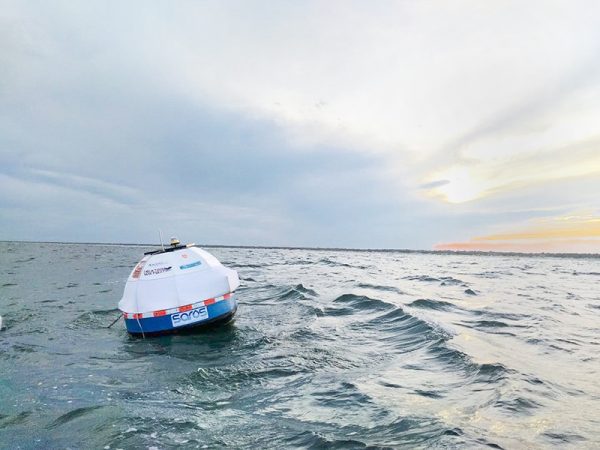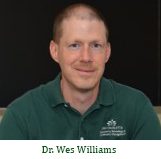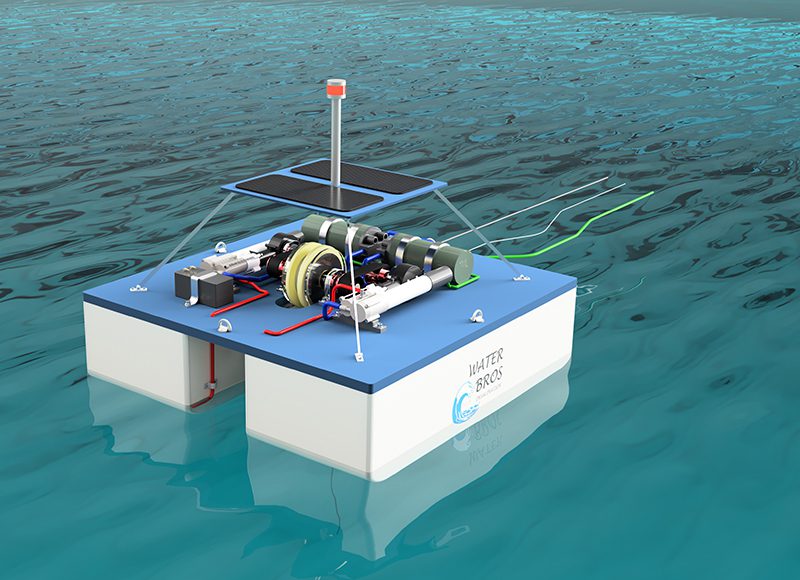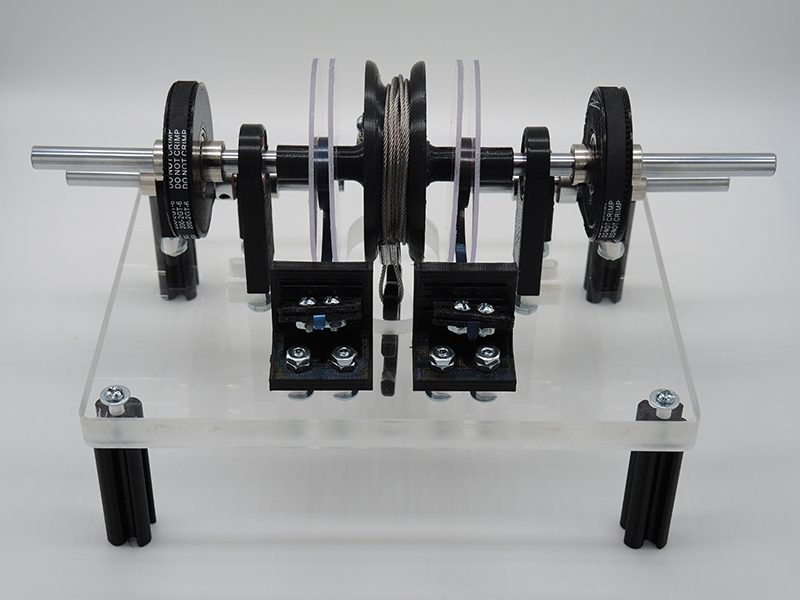WATER BROS Team Advances to Next Stage of DOE Waves to Water Prize

Utilizing an innovative system that intakes seawater and directly converts ocean wave energy into the driving force to produce fresh water, a team of ETCM students and a faculty member, collaborating with a colleague outside of UNC Charlotte, has progressed to the advanced stages of the U.S. Department of Energy (DOE) Waves to Water competition.


The WATER BROS team, an acronym for Wave-Actuated, Tethered Emergency Response Buoyant Reverse Osmosis System is comprised of co-principal investigators Dr. Wes Williams (ETCM Associate Professor) and Dr. Landon Mackey. UNC Charlotte Applied Energy and Electromechanical Engineering Masters students David Barnett and Rusabh Gandhi have also played key roles in advancing the project.
“The team is excited to have our WATER BROS project accepted into the Create stage,” said Dr. Williams. “This means we will be heading to UNH (University of New Hampshire) over the summer for wave-tank testing of our Waves to Water prototype.”
The DOE Waves to Water competition began in 2019 with the Concept stage. Winning teams from the Concept Stage moved on to the Design stage, and again winners from the Design stage then moved on to the Adapt stage. The 10 winners of the Adapt stage were invited to continue on to the Create stage, in which teams will begin to develop physical prototypes. Each of the winning Adapt stage teams were awarded $80,000 to develop their prototypes for ocean testing.

The goal of the Waves to Water Prize is to help meet the need of delivering cost-competitive potable drinking water to vulnerable communities. Supported by the DOE’s Water Power Technologies Office (WPTO), the five-stage, $3.3-million contest, aims to accelerate innovation in small, modular, rapidly-deployable, wave-powered desalination systems capable of producing clean water in disaster recovery zones, and water-scarce coastal and islanded regions.
The unique aspect of the WATER BROS Desalination unit, is it directly utilizes wave energy to dealinate saltwater into clean, safe, drinkable, fresh water. Most other designs use wave energy to first generate electricity, and then the electricity separately drives a desalination unit.
“By using wave energy to directly drive the desalination process, our system is more efficient and has less power loss by not having to drive an electric generator,” Dr. Williams said. “This means our system can make more fresh water using the same amount of wave action.”
WATER BROS is expanding upon a senior design concept begun by the SAROS (Swell Actuated Reverse Osmosis System) Senor Design team in 2014.
“As the faculty member involved in senior design, I knew of the SAROS team, I knew they had a good start,” Dr. Williams said. “We then took it forward with WATER BROS and moved onto the Waves to Water competition. We’ve had great support from the SAROS team (Fred Wagner, Laura Smailes, Chris Matthews, and Justin Sonnet) about lessons learned in their development and deployments.”
As one of the teams in the Create stage, WATER BROS is now designing and building its prototype that will be tested in the ocean off the coast of Nags Head in April 2022.
“We are pretty proud of the work we have done so far,” Williams said. “We’re keeping our fingers crossed that we will keep going forward in the competition.”

WATER BROS Overview:
The Wave-Actuated, Tethered Emergency Response Buoyant Reverse Osmosis System (WATER BROS) Desalination System is the next generation of emergency response, wave energy harnessing, and water delivery systems for remote coastal and islanded regions for a sustainable, environmentally conscious, and affordable future. The Water Bros Mission is to develop fossil-fuel-free, long-lasting, and flexible water treatment technologies for a better world. With rising sea levels, diminishing groundwater, and a growing population, water security is of growing concern around the world, particularly in remote coastal and islanded regions. These coastal and islanded locations are highly subject to natural disasters, high fuel costs, and limited resources. The Wave-Actuated, Tethered Emergency Response Buoyant Reverse Osmosis System aims to address these challenges through ocean wave energy conversion and direct pressure-fed seawater desalination. The ever-growing need for renewable energy, clean water, and rapid emergency response gives rise to new approaches to these processes. However, converting nature’s resources to usable energy that meets 21st-century demands in increasingly harsh environments remains a significant challenge. The WATER BROS Desalination team targets renewable ocean energy to generate potable fresh water for drinking, irrigation, and medical procedures from the 1.338 billion km3 of saltwater in the Earth’s Oceans. The platform is uniquely designed to economically convert the surge of near-shore ocean wave energy to universally usable rotational energy while drawing on this vast supply of ocean saltwater and withstanding the harsh ocean environment.